Currant bushes are considered a very strong and cold-resistant plant, which even 20-degree frosts are not afraid of. However, such a resistance of the culture to freezing temperatures is misleading, which is why gardeners stop covering it for the winter. Currant care in the fall, preparation for winter and other events are important for the crop in the same way as watering and top dressing in the dry period.
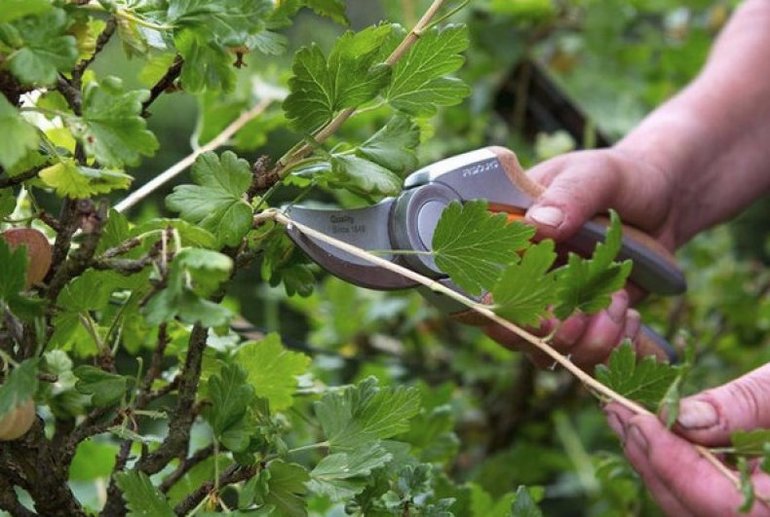
Content
General principles of care
Every caring gardener should fully understand how to care for currants in autumn. The fact is that crop harvest in the future may depend on proper autumn care, so it is important to approach it with all responsibility. Full care for currant bushes in autumn consists of the following steps:
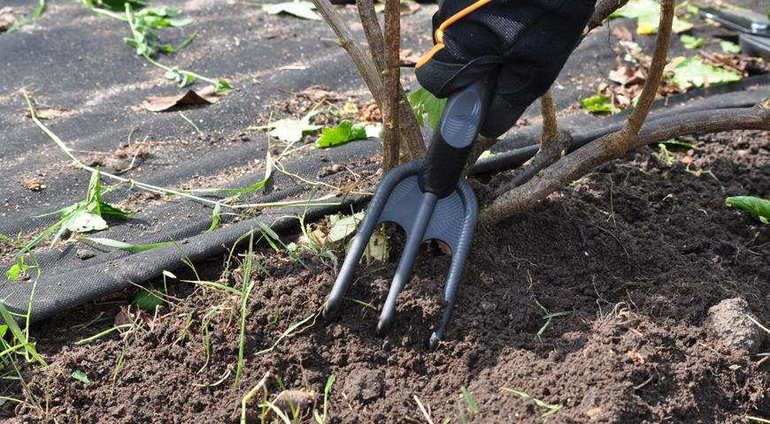
- Weed control.
- Loosening the substrate.
- Regular watering.
- Application of fertilizing to the substrate.
- Protecting the Earth from Pests and Diseases.
- Replacing old bushes.
- Trimming events.
- Planting new seedlings.
Regular cleaning of the soil from weeds and seasonal loosening will increase the fertility of the crop, allowing it to receive the maximum amount of nutrients and oxygen. For the winter period, between each bush you need to dig the earth about 10-15 cm in depth. To do this, place the shovel parallel to the direction of the roots, breaking the soil layers into small parts. If the autumn is found to be too dry and it is necessary to ensure the retention of moisture, it is better to abandon the breakdown of layers.
Before you begin to cover the currants, gooseberries or any other bush crops for the winter, it is important to carry out complex watering and top dressing. Such a plant is characterized by high sensitivity to lack of moisture, and in the absence of regular watering, it begins to fade and becomes infertile.
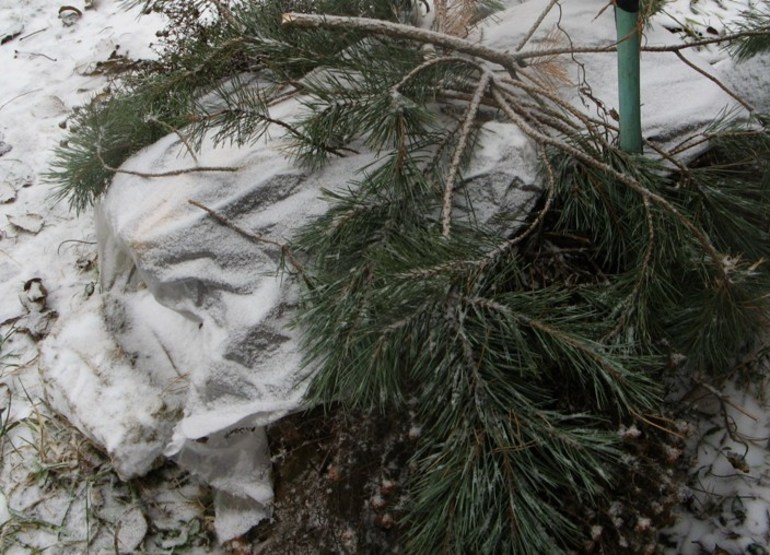
Many mistakenly believe that currants should be watered only during fruiting, but this is not so. If autumn is dry and warm, watering the bushes after harvest is a prerequisite for successful preparation for winter. Under one bush, it is necessary to make up to 3-5 buckets of clean water so that the soil is wet at least 40-50 cm. After watering, the ground must be thoroughly mulched.
Also, in the fall, currants need to be fed, because until this time it removes all nutrients and minerals from the ground. Organic and mineral compounds, for example, superphosphate, potassium chloride and humus, are used as effective top dressings. Nitrogen-containing top dressing in the spring, since they stimulate the growth of green mass.
Subtleties of trimming procedures
Preparing blackcurrant for winter is a more complicated undertaking than caring for red varieties. This is due to the early formation of fruits that appear already on 1-2 or 3-year-old shoots, which forces the gardener to equalize their number. Otherwise, the culture will cease to bear fruit normally and there will be no good harvest.
Every year, new shoots and shoots are formed on the bush, and there is an intensive development of the formed branches. The first copies are removed first, the second ones are cut to pin the growth point.
To successfully prune currant bush in the fall you need to follow certain rules:
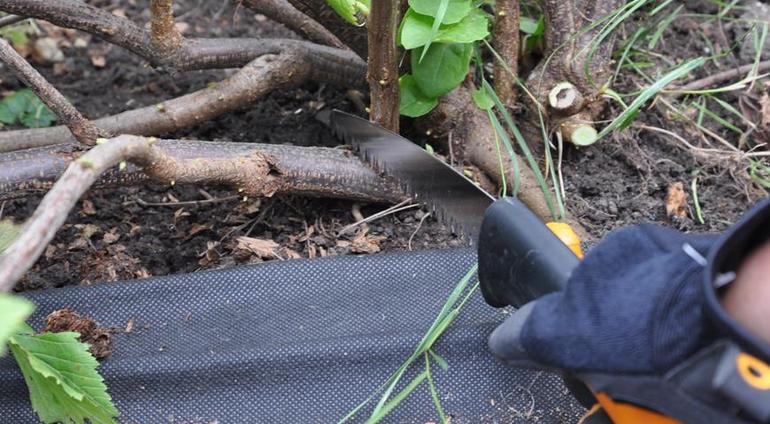
- Seedlings at the age of one year give about one or two full-fledged branches, while the shoots on them are practically absent. With the advent of the fall season, it is necessary to pinch the growth point, so that next year the stems begin to grow to the sides and give much more fruit. The procedure is best performed in late autumn, when sap flow and other processes in the culture are suspended.
- As the root system grows, the number of shoots increases several times. It is important to trim such elements under the root, because they are not able to tolerate winter and will take away the vital vitality from the plant. Experienced gardeners recommend forming no more than 18 stems - in this case, the size of the berries will be extremely large, and the taste will be sweet and well ripened. Strong growth of the crop is accompanied by low productivity, so pruning should be approached with all responsibility. In addition, it is necessary to pay attention to the one-year branches from last year's shoots - in this case, you need to peg the tops, aligning them in height with the old ones.
- In the third year of pruning, you have to remove the “hat” from the berry crop. To do this, the gardener removes dead, sick and old stems on which all kinds of fungi and other diseases develop. When processing three-year crops, it is necessary to cut them directly under the root, and then burn the branches. Young shoots that did not have time to mature and numb can also be removed, because they cannot survive the winter and colonies of bacteria and parasites develop in them.
Processing older bushes
In the fourth, fifth and all other years of the life of currant bushes, pruning is carried out by pinching the growth point and removing dry shoots. If, after reaching the age of five, the culture ceases to bear fruit, during the autumn withdrawal, 5-year-old shoots will have to be cut.
When pruning red varieties, you must adhere to other principles and follow certain rules. Trimming such a crop is a little easier because of its features. Such bushes begin to bear fruit already from the first year of life, therefore, it is not necessary to pinch annual branches. All other trimming steps are practically the same. The formation of an adult bush occurs in the same way as in the case of black currant, only it becomes much higher.
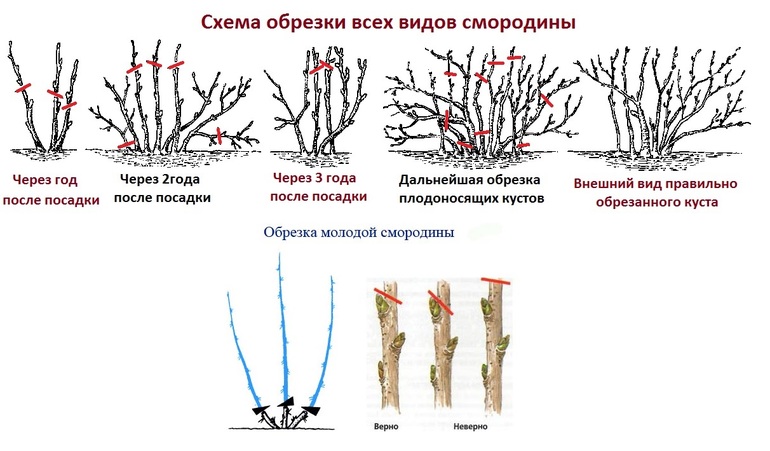
Cutting work in the fall track not only the aesthetic goal, but also the nutritional, being a good way to raise fruiting. High-quality pruning of the top of the bush protects the culture from various diseases and pests, because most insects and fungi are arranged exactly in the upper part of the plant. If you do not cut them before the start of winter, there will be a risk of damaging currants in the spring. As a result, the gardener will have to spend a lot of time and money on processing leaves from stains, fungi and viruses.
When performing a slice, it is necessary to observe accuracy and use a quality tool. Any inaccuracies will cause irreparable harm to the bush, lead to long healing of wounds and a halt in the development of the plant. The pruning shears used should cut paper with ease - in which case it is suitable for processing crops.
If we talk about the timing of gardening events, then they are determined by the geographical location and climatic conditions in which the culture grows. Gardeners from middle latitudes can warm the bush from November 15 to 20, when the sap flow in the branches stops. It is advisable to complete the procedure two weeks before the start of frost and no later.
Fertilizing and fertilizing
Gardeners from the central regions of Russia need to know how to prepare currants for winter in the Moscow Region and other nearby towns. At growing black varieties it is important to pay great attention to the application of fertilizers and top dressing, because during the life time the bush draws all the potassium, phosphorus and magnesium from the substrate. If you do not restore their number, it will degrade crop yields.
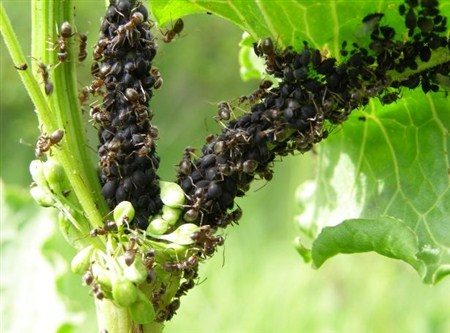 You may be interested in:
You may be interested in:Currant feeding procedure consists of the following steps:
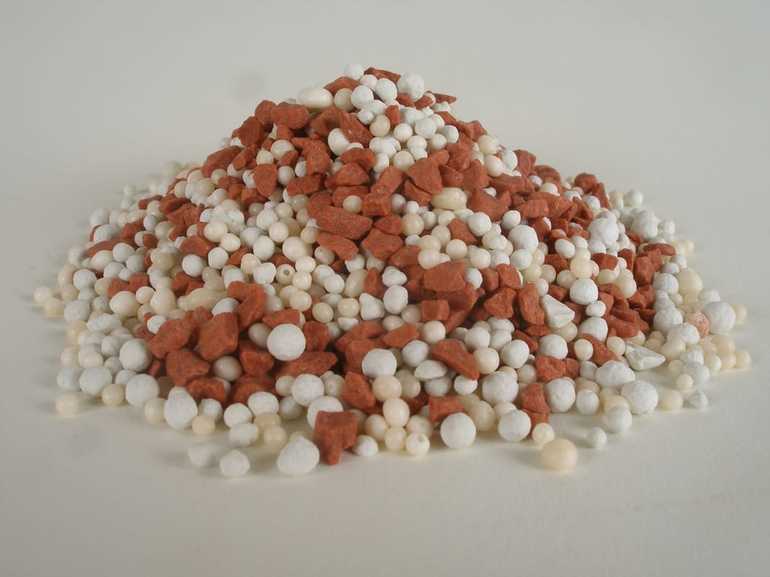
- First of all, it is necessary to introduce phosphorus and potassium compounds into the soil, which are long-playing components. They have no effect on growth efficiency and are intended only to increase fruiting. Active absorption of nutrients occurs at the end of May, due to which the size of the fruit increases markedly. Even with an impressive load on the bush, the berries can fully ripen and become sweet. When searching for good fertilizers, it is advisable to give preference to concentrated granules.
- Mullein and chicken droppings are equally effective fertilizers. Such components affect the set of vegetative mass and are introduced before frost. Over a 3–4-month period of time, substances are decomposed into simple and small elements, starting to act at a critical moment.
- Ash. It is applied not only as fertilizer, but also for mulching the substrate, in order to ensure long-term retention of moisture under the bush.
Branch bending
When figuring out how to cover currants for wintering, it is important to pay attention to other aspects of this procedure. One of them concerns the bending of branches in order to protect against frost. Indeed, if some varieties easily survive 45-degree frosts, then the rest are affected even when the temperature drops to -5 degrees Celsius. In any case, even the most frost-resistant bushes are not immune to death in the absence of snow cover or prolonged exposure to draft. It is better to sacrifice a few minutes of your time and reliably shelter the culture. Such manipulations need to be done with all varieties.
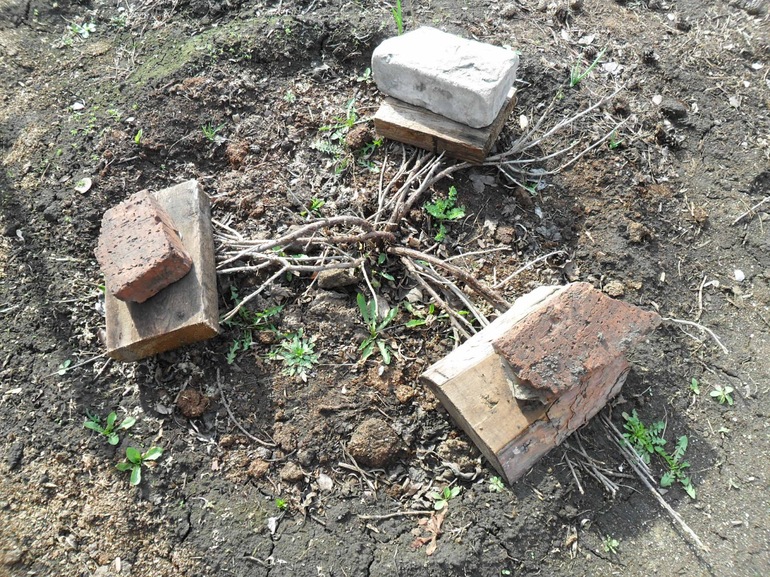
Bending branches is done in many ways. You can hammer a wooden stick in the middle of the bush and attach all the stems to it, and then wrap it with agrofibre or other warming agent. And although this method is ineffective, it has a lot of advantages - the gardener does not need to spend time and effort on additional garden work. You can do with one rod and one rope.
You can also bend the bush on one side, but you can start such an action only with the intensive movement of juices, because dry branches are damaged. Experienced gardeners advise not to keep the plant under cover for a long time. With the advent of spring warming, the warming layer must be torn off or rewound so that the plant continues its normal development.
Some nuances
Having figured out how to prepare the currant bushes for winter, it remains to pay attention to some nuances and useful recommendations of experienced specialists. In order to avoid burning the culture and not to damage its roots, a number of gardener rules must be taken into account.
You can not make concentrated fertilizer in the form of chicken droppings directly under the bush. Such processing can lead to burning the plant and destroying its vegetative mass. Litter is characterized by a high nitrogen content, and it can weather in only 3 months. To avoid such consequences, it is recommended to retreat 25 cm from the last stems, and then fertilize.The same rule applies to mullein and other highly concentrated products. Only humus, as well as fertilizers previously diluted with water, can be applied directly under the bush.
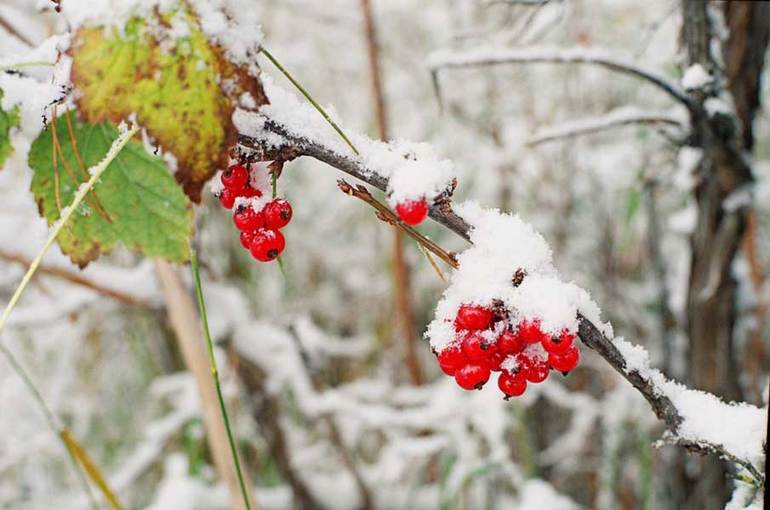
In no case should you fertilize the crop too early., because this can lead to early sap flow, due to which young shoots can die under the influence of cold. In this case, the first frost will entail the inevitable death of the plant.
You can not overfeed the culture and deviate from the optimal norm indicated on the label. An overabundance of nutrients will slow down the development of the bush and reduce yield.
Subject to all care rules for the culture, currants will not only freely tolerate winter, but will also give their owner an excellent harvest. In the spring, it can be fed growth stimulants and nitrogen-containing fertilizers that will trigger the process of active formation of the vegetative mass.

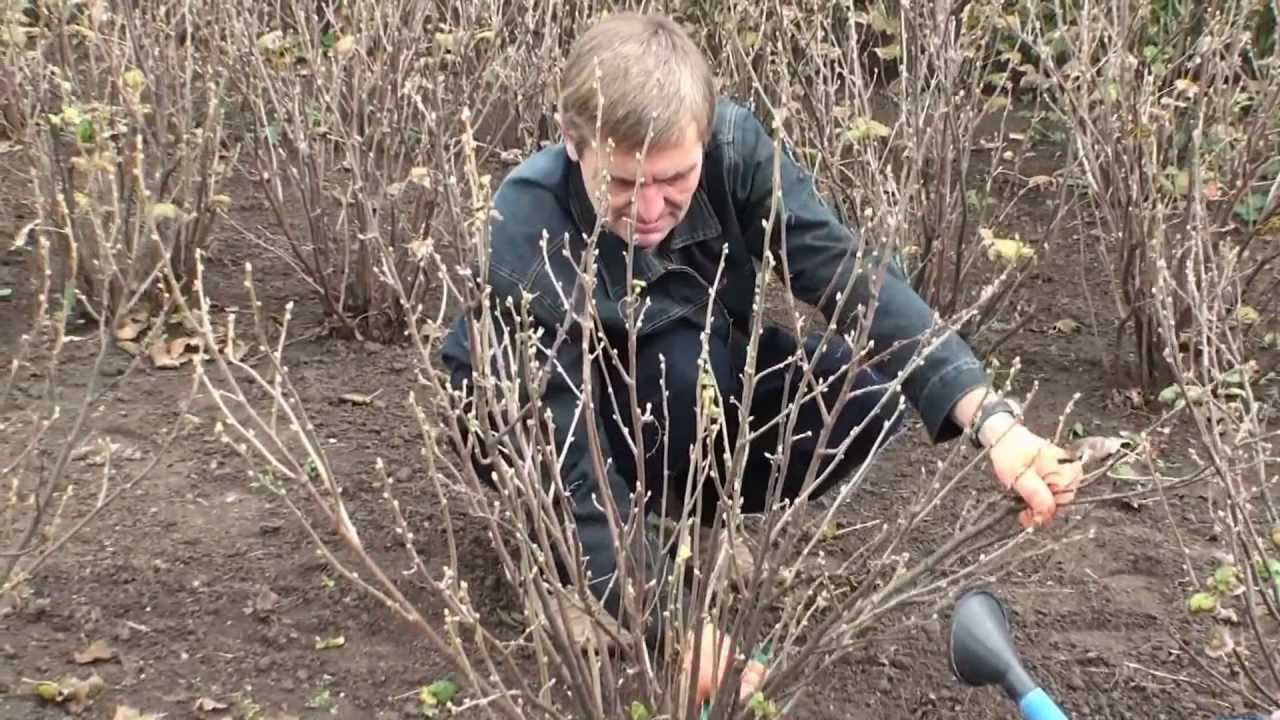 Autumn currant pruning scheme for beginners
Autumn currant pruning scheme for beginners Currant care in autumn and preparation of bushes for winter
Currant care in autumn and preparation of bushes for winter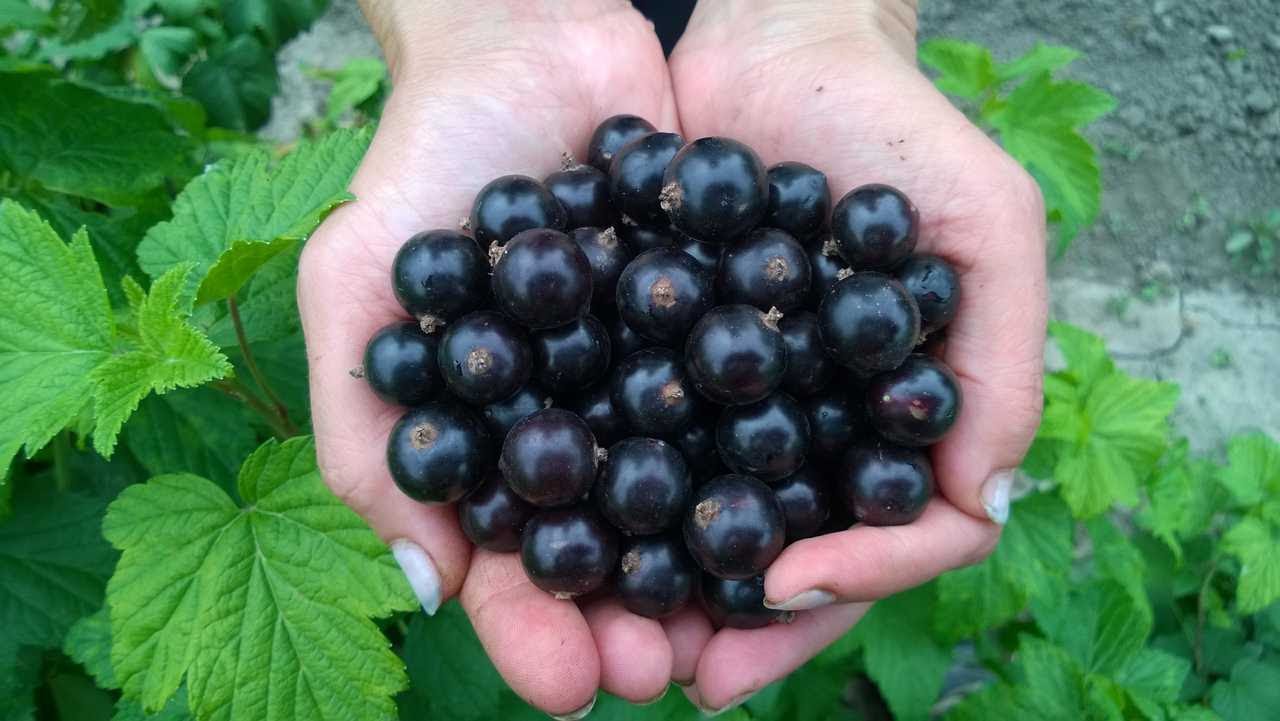 It's time to feed the currants - the best feeding
It's time to feed the currants - the best feeding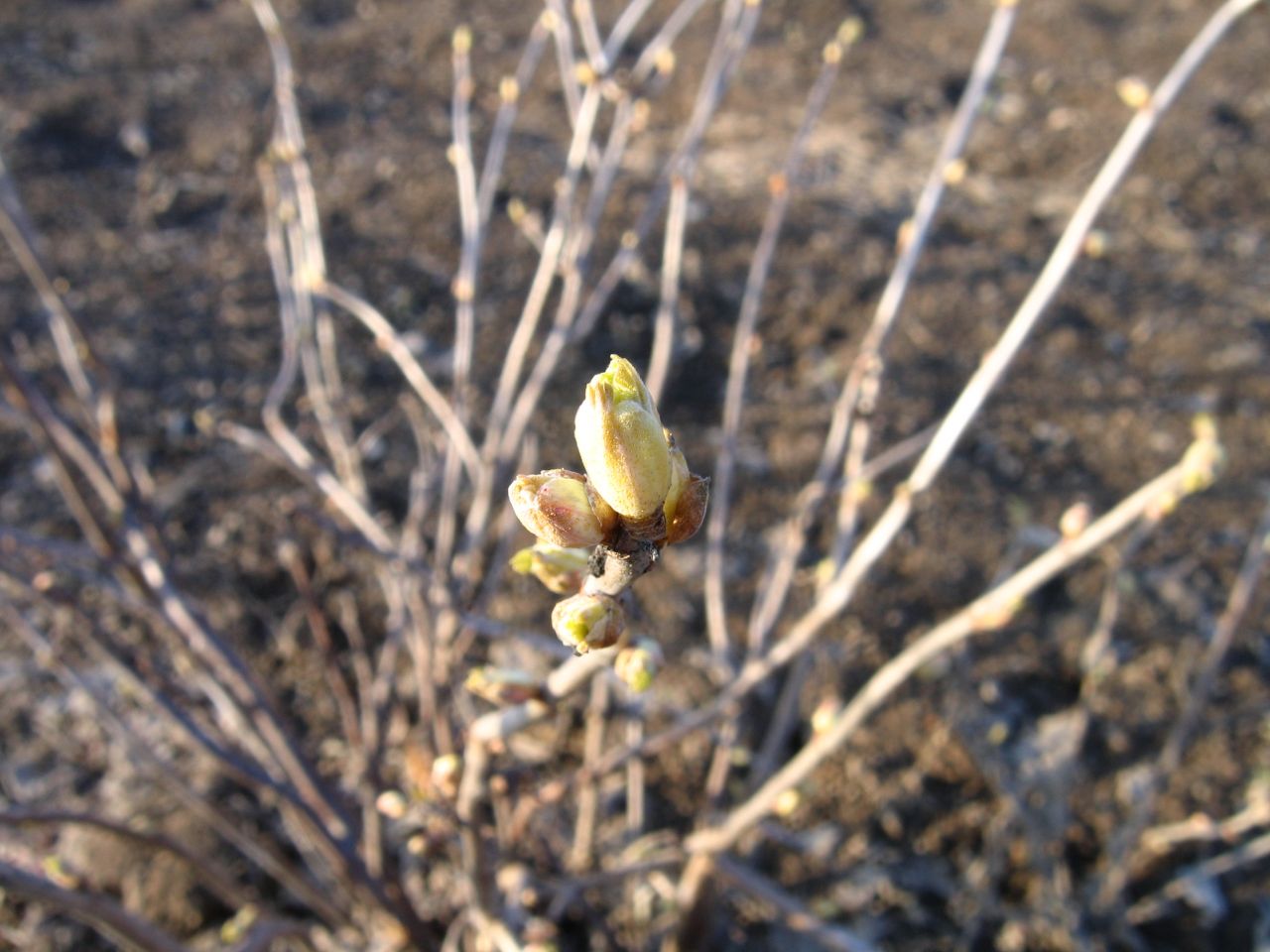 Spring treatment of currants from pests and diseases
Spring treatment of currants from pests and diseases